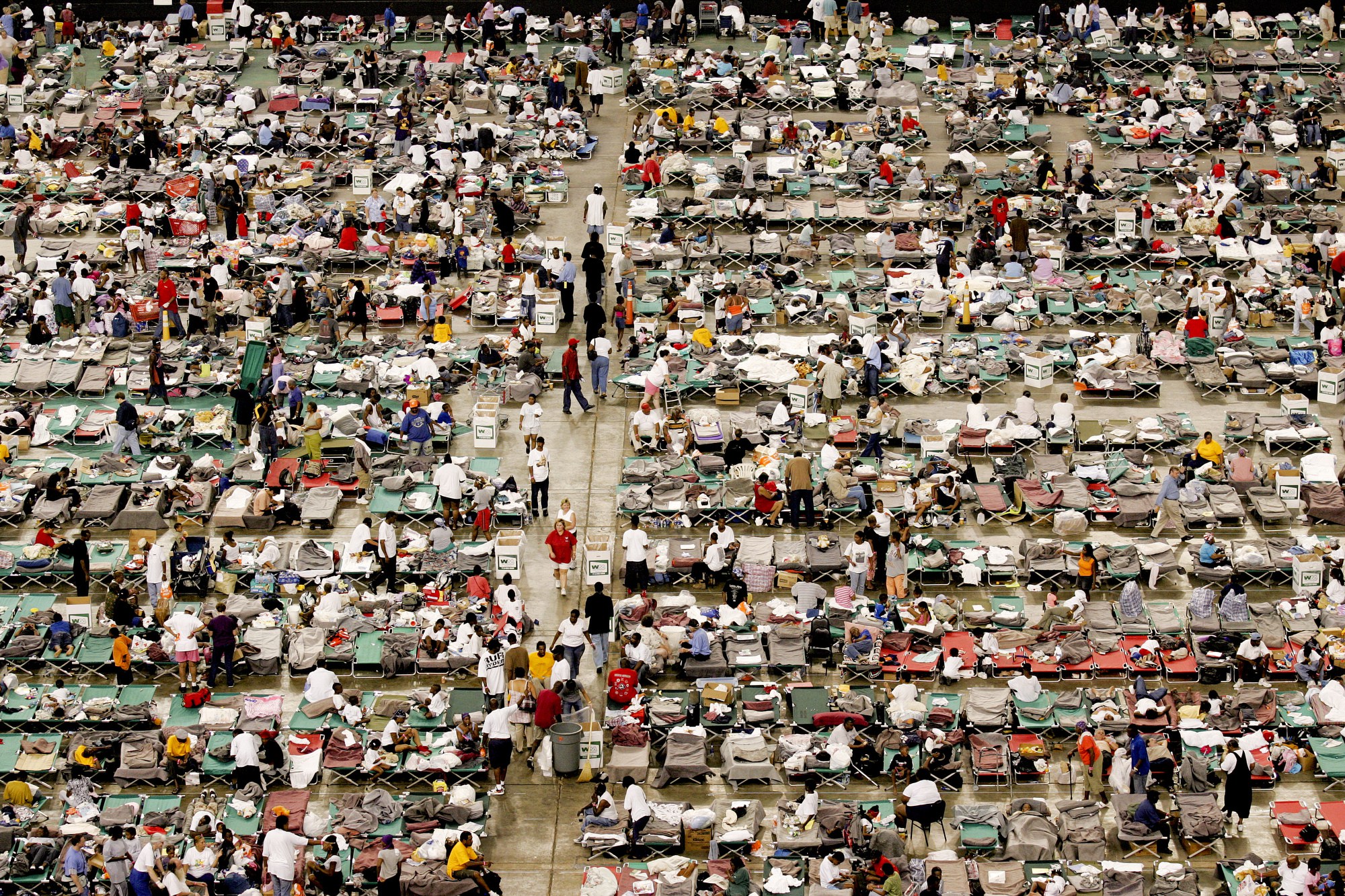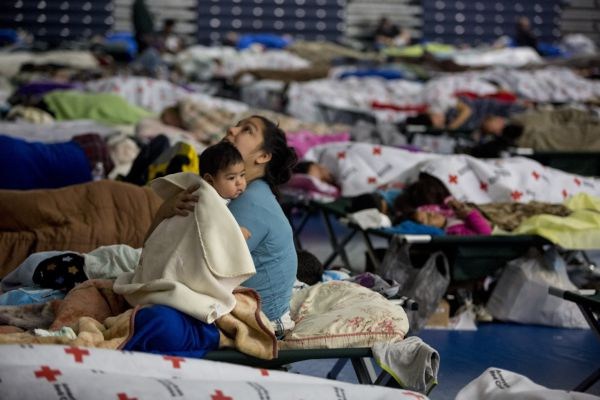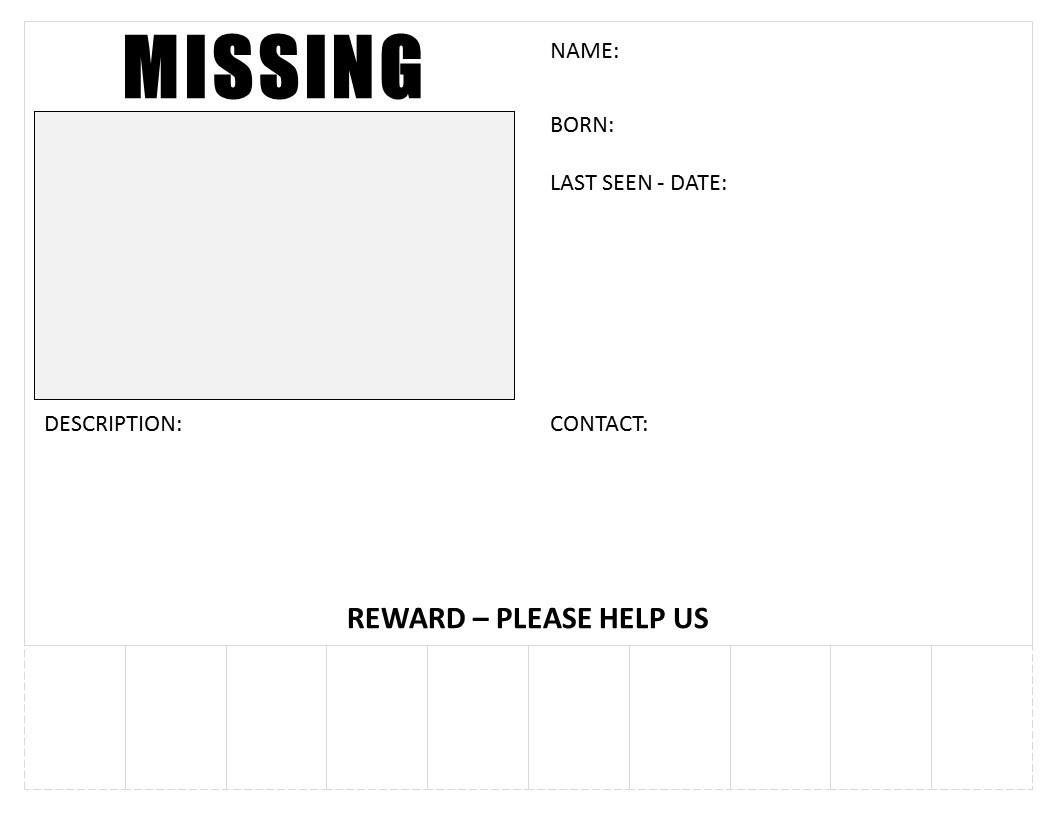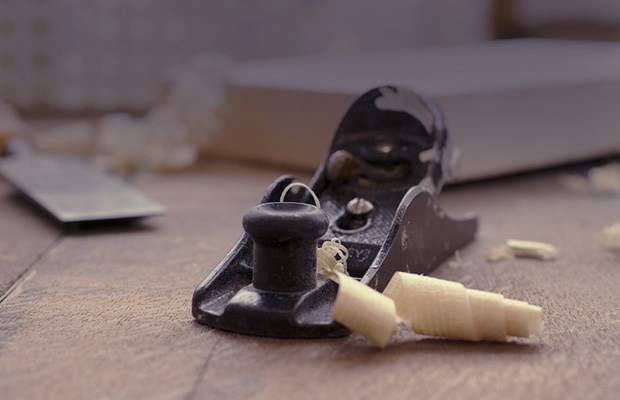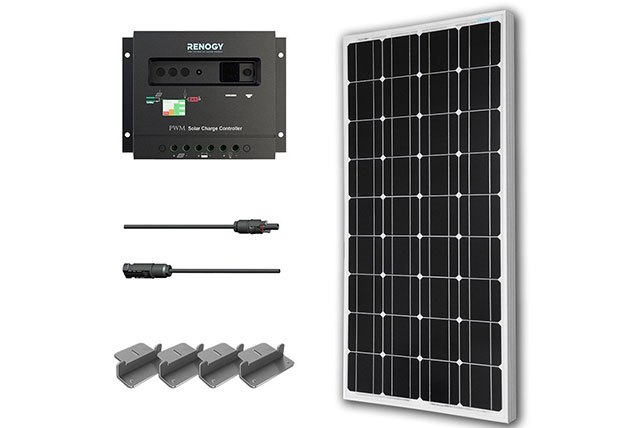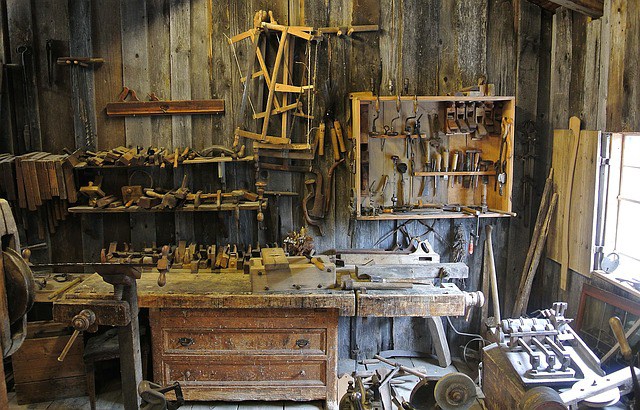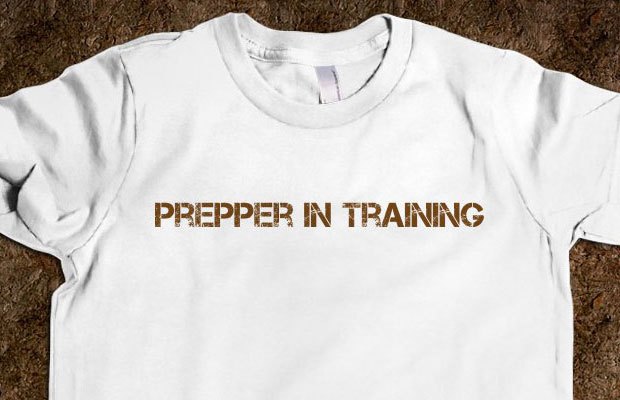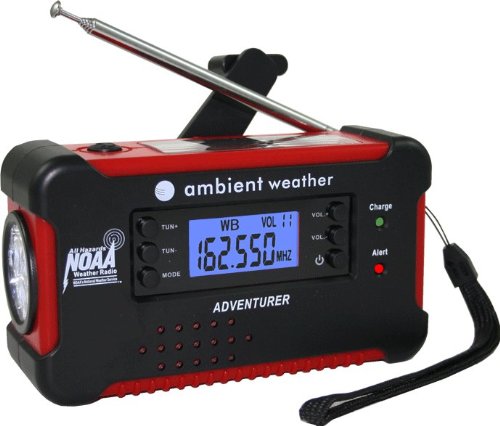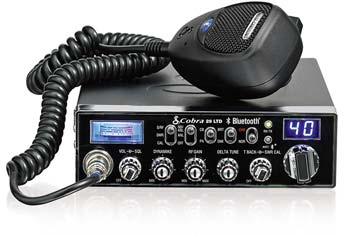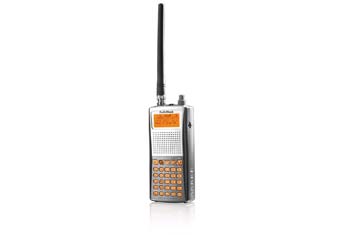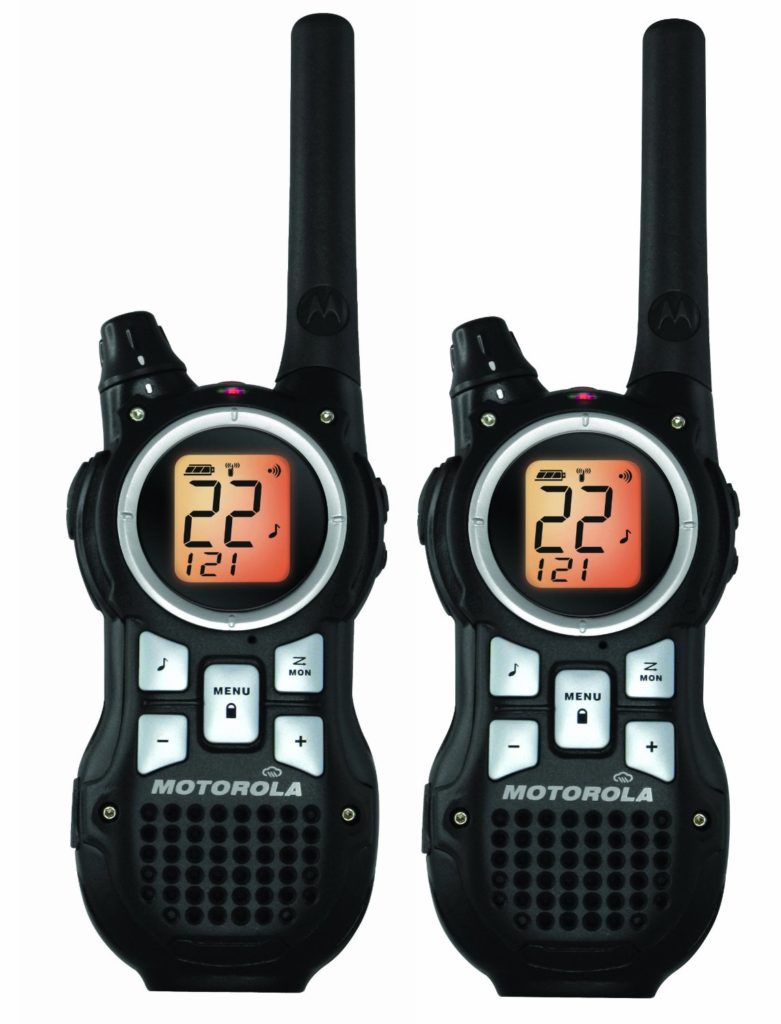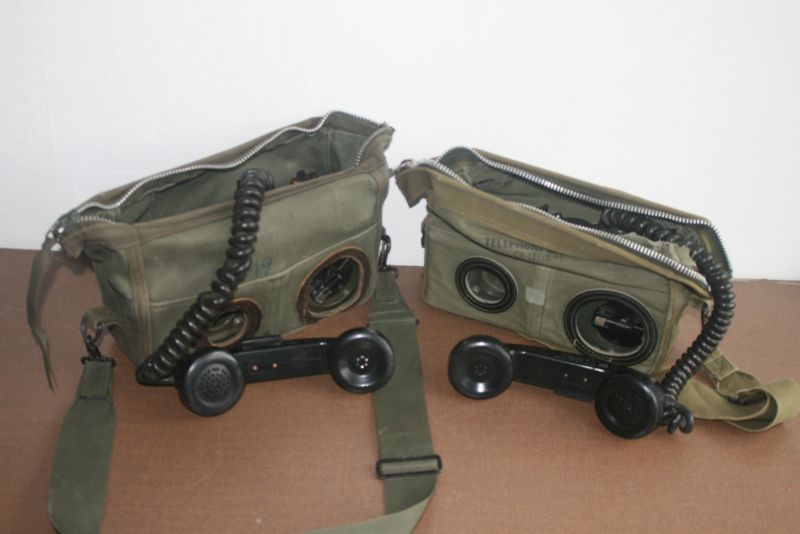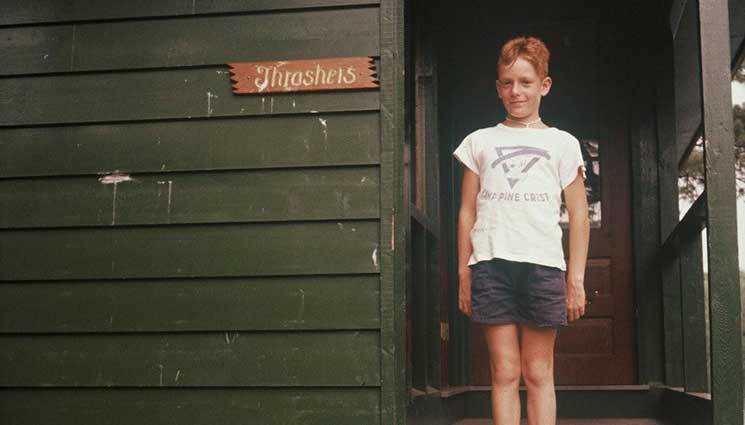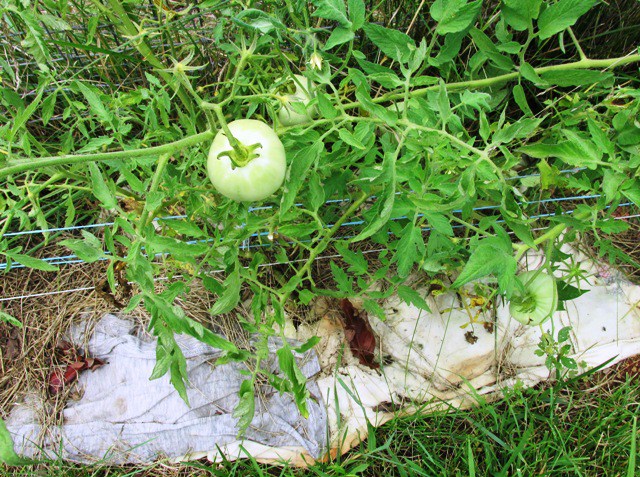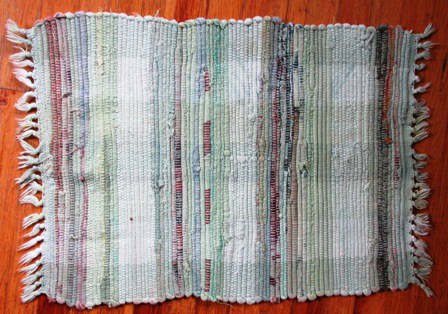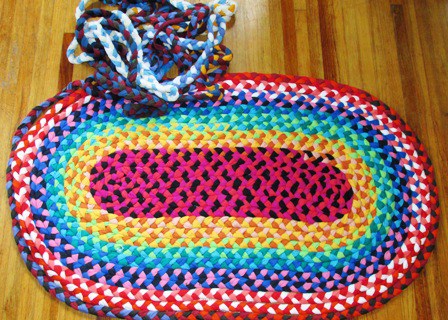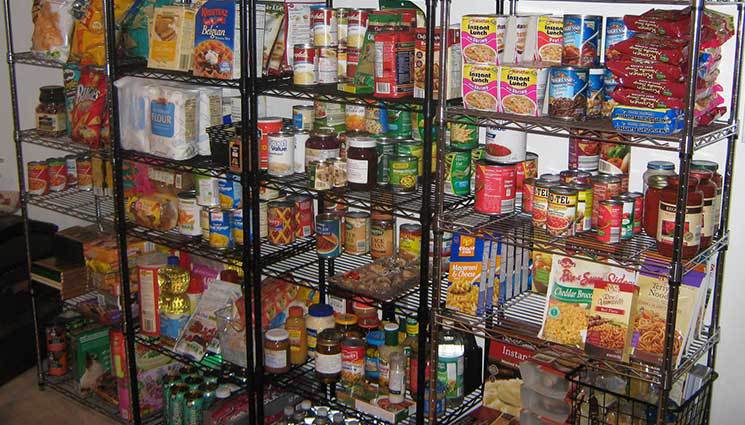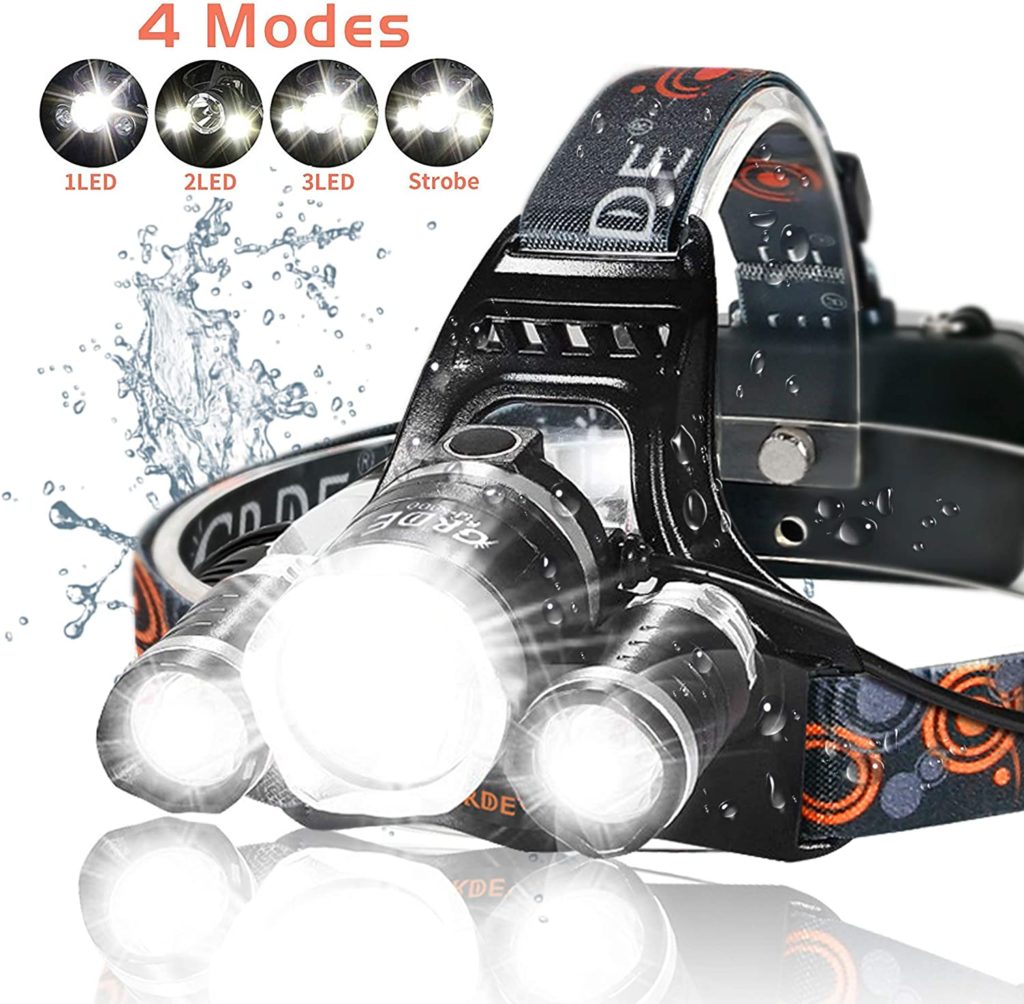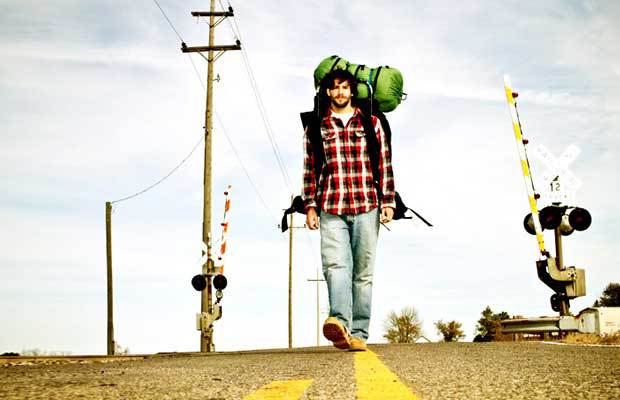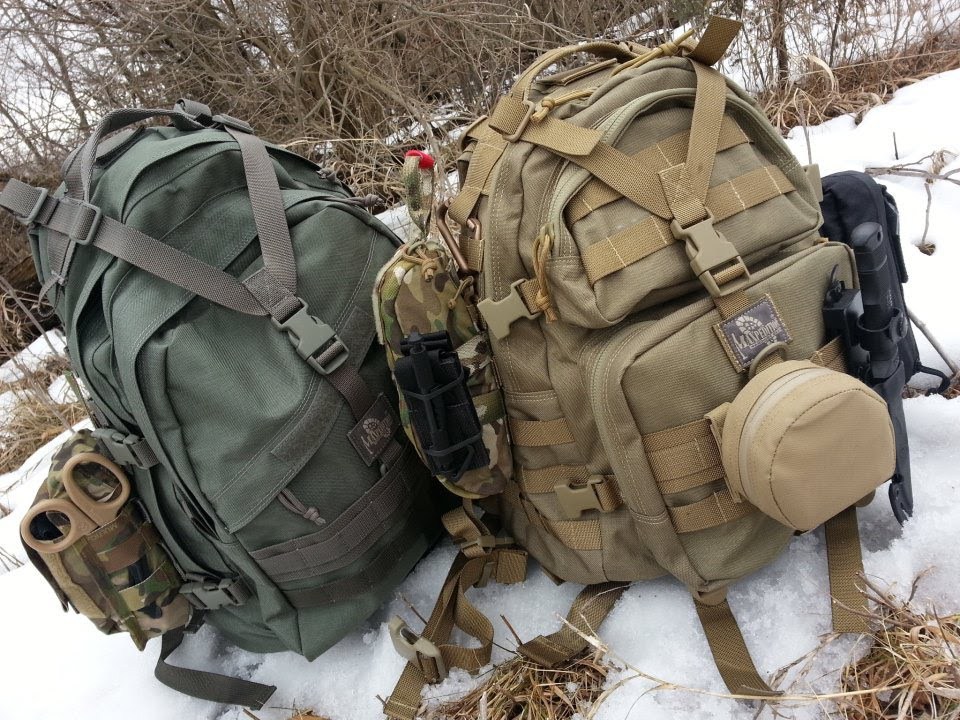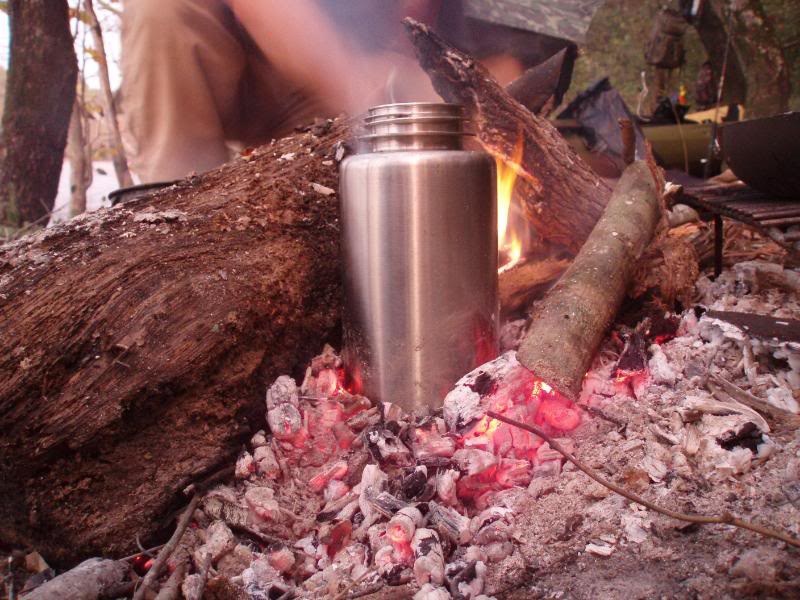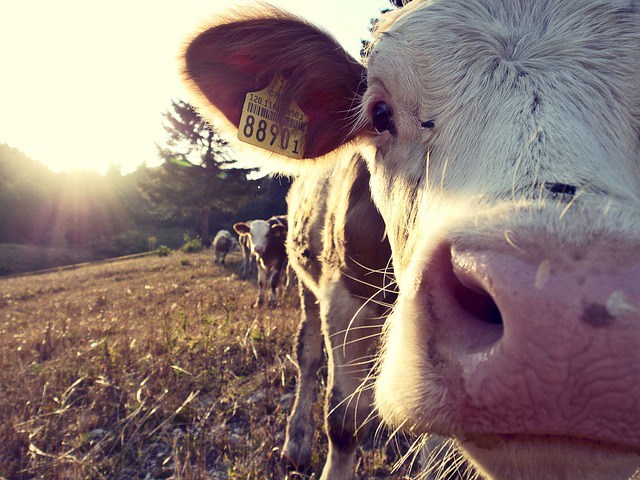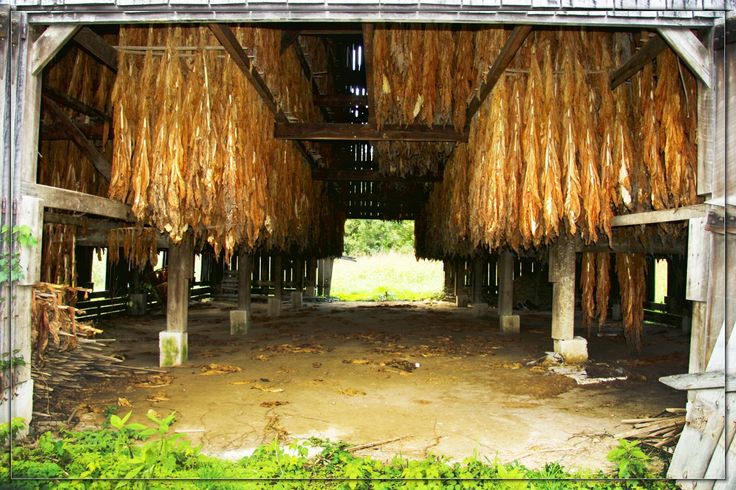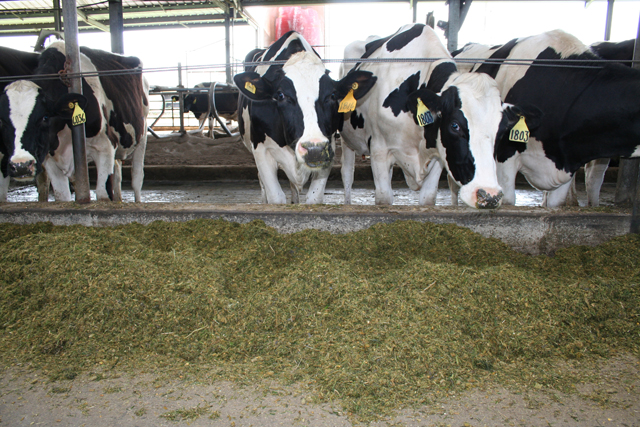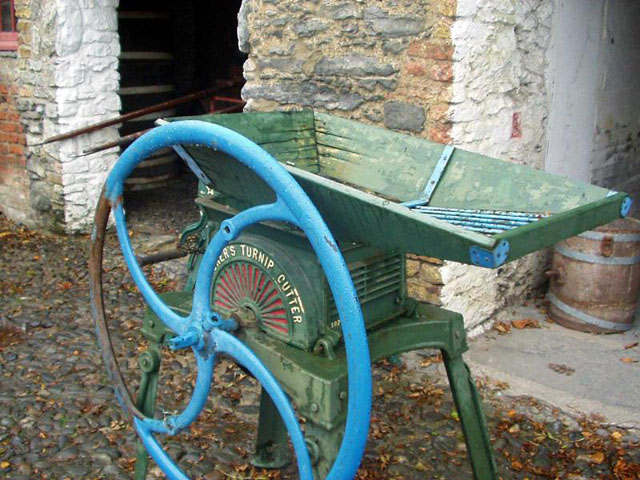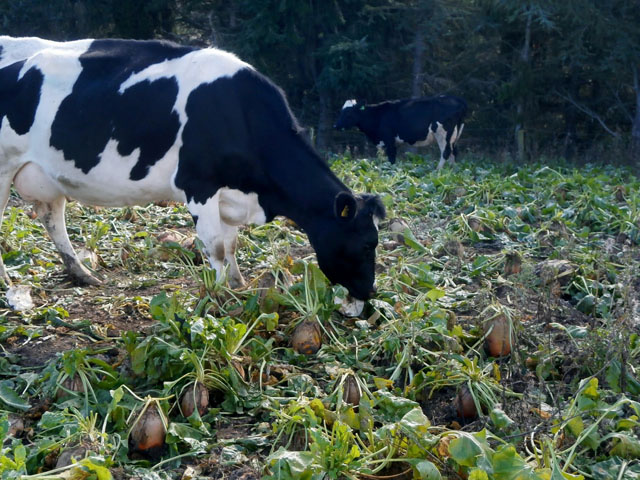Preparing for the Worst Day
“Lost” is a word I dread. For most of us, the worst day of our lives is the day we lose a loved one. Not death. As callous as it may sound, when a loved one dies, we know where they are. Lost. I’ve been out of volunteering with animal rescue and CERT/SAR for nearly a decade, but the word can still make my stomach clinch. Losing a loved one creates questions that haunt us. We see tens of thousands of losses every single day, even in the most advanced of nations, with all of technology at our disposal. Seniors walk away befuddled. Kids disappear – from backyards, sidewalks, school trips, and camping. Spouses or friends leave and never return. We never know what happened to many of them. For some, pets also make the list of loved ones, and while the loss may not be as devastating and life changing as the loss of a human friend or sibling, it’s not something they want brushed off.
Nothing will ever prepare us for the emotions that come from truly losing someone we love, although there are books and support groups that can help. It wouldn’t hurt to do some research, because the immediate aftermath and especially a lengthy search of even just days can lead to some ugly stews of emotions that rip apart couples and families sometimes. There are things we can prepare, however, that increase our chances of getting a loved one back. A lot of them revolve around making it faster to get information out. The tips below will help you begin the process of preparing for the worst day so that you will be better equipped to come through with everyone intact.
Preparing for the Worst – Make a binder
No instruction about a binder or file is ever going to be as popular or fun or sexy as talking 5.56 bullet weight or go-faster tactical gear, canning, or the ubiquitous bug-out bag. Make one anyway. In it, keep:
- USB drive with saved files
- Printed photos
- Printed “missing” posters and handouts
- Posters and handouts with photos in place but blanks left for items like contact information and the description
- Blank posters that can be set up for anyone, anywhere
Create lists of faxes and emails ahead of time, and possibly an additional file for the physical addresses for:
- Hospitals
- Rescues
- Veterinary clinics
- Homeless shelters
- Animal control
- Police stations (local, county, and state, and the nearest metro area or areas)
Don’t forget bordering states and counties, or the state and counties you’ll be traveling through to get to a bug-out location. Don’t forget the authorities for domestic and foreign travel, and the embassy, although you might exclude some of the hospitals and shelters for traveling.
It wouldn’t hurt to include blood type, friends’ numbers and addresses, and vehicle make, model, color and tag numbers for each person as well.
Keep your binder in your vehicle. If there are three vehicles, make three binders – we spend a fortune on coffee, fast food, wifi, movies, and gear we’ll almost never need in most lifetimes; we can afford the printing. Ideally, also keep a binder in an off-site location like a trusted friend in a state with few natural disasters but at least not in the same flood and fire zone where you park and live.
Make a small folder with some printed photos and posters and possibly some wallet-sized handout cards to put in the bugout/72-hour bag of every adult over 110 pounds.
Set up an email account
You can add this one to your spring-forward, fall-back checklist with the smoke detector checks: Set up a special email account with an easy to remember username and password (“thenelsonsmissing@email.provider”, password: Missing2016).
Send yourself a separate email with each family member and pets’ name as the subject, and applicable photos and the standard information about each. Log in, update the files with recent photos, especially of young children that change so much every six months in those first few years. Attach ready-to-go missing posters in jpg and pdf format, and the list of faxes and emails to send it to – hospitals and authorities for humans, shelters and animal control for animals (you might also include law enforcement if there’s a chance they were stolen). You might even include the PowerPoint or word doc that you’re using to edit.
Make sure you’re not the only one who can open it. Make sure your family or a friend knows it’s there in case you’re incapacitated in the accident or tornado where your toddler or dog disappear, or where your spouse or father are disoriented from a head injury and walk off to find help, then don’t reappear.
I’m told that cell and wifi service is now at a point that we will never again see another day like 9/11 where you can’t get calls through – and there’s always the text option. I don’t rely on that, though. I know that landlines go down, too, but if I’m on my last bar of energy, I’m calling somebody on a landline, giving them the account and passwords even on a voice mail, and then I’m sending a text to everyone I know to get them to open those accounts and send emails out to the list included in each. After that, that’s when I start with my own device. And I’m memorizing the three landline numbers of people who I trust, so that if I don’t have my smart phone or a signal or book, I can still make that phone call.
Because, yeah, paranoid is a word that would apply. There are some other words that apply, though.
Katrina and Sandy are two of them. So are “Loma Prieta”. “House fire” would be two more, along with “spring break”. “Oso, Washington, 2014” would be three. “2010 Tennessee/Queensland floods” apply. Moving away from stuff that has actually happened, a regional power loss with signal disruption would be an example of a what-if. So would a stolen bag/phone/vehicle or damaged phone during an emergency or disaster, a mall visit, or a trip to another country. I can also get my mother started on media while I deal with cops, or divide the lists among people who can just log in and get them without doings searches.
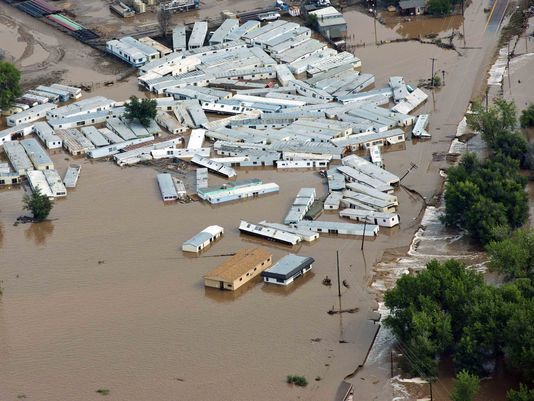
Flooding in Colorado.
The faster we are able to get photos and information out, the better off our family and furry friends will be if we lose them – however we lost them. If I can get to any phone, media and authorities can better help me find my loved ones because a backup system is in place.
What to include on posters – and when
Standard information for posters and police reports include age – I prefer using a birth-date for these so that it remains applicable and doesn’t need updated every six months for adults, but go with it if you’re hand-writing or filing these out fresh, or include both. Hair and eye color can be changed, but tend to be standard. Height is standard as well, but has more impact for adults because kids grow so fast (although people can be really bad at estimating others’ heights). Weight fluctuates, but go ahead and include it, especially if it’s different *now* than when a picture was taken. Also include build – bulky, pudgy, fat, skinny, and lithe as well as small, medium/average or large.
Include tattoos, scars and birthmarks in descriptions. Keep a list and inform authorities of dental work, implants, replacements, and previously broken bones – things that will show on an x-ray.
During the first hours of a search, clothing is important. Pay attention. Know if a jacket, purse, or briefcase is missing so you have that item to look for. It may very well be in a vehicle, on the back of an office chair, or in a locker, but it may also be laying at the edge of woods or the door/gate of an evacuation shelter or compound, or on a sidewalk. If identified, a dropped can give searchers a place to refine and focus. Likewise, a senile senior who took a hat and briefcase might be seeing Detroit or Small Town, USA, even as they wander in the woods, but if they habitually walked or biked to work, a diner, church, or a particular bus, knowing the pattern can give searchers somewhere to immediately check and can sometimes lead to a fast return. Finding the briefcase can narrow the search area.
After the first days or week, clothing becomes less important to the search efforts, especially coats and outerwear. It’s already on record and will be used as part of an initial ID or area check should a body or article be found, but it can drop off your posters. After the first week or two, save room on those for the things that don’t change.
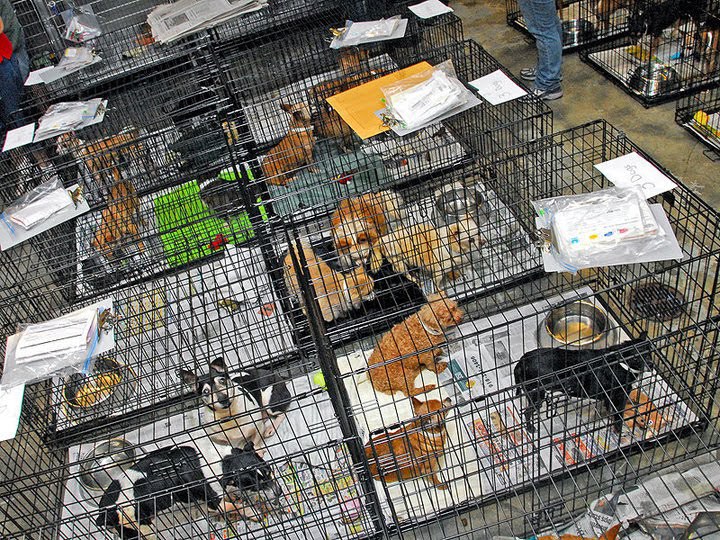
There are still pets that have no home from Katrina.
The same applies to collars if a dog was absolutely stolen from a vehicle or yard, but otherwise, for animals, sure, go ahead and leave in their collar, harness or halter descriptions, especially if it’s unique. If it’s red nylon, say so. Don’t take up too much room in the description for those items, though, especially if there’s something else like flattened and worn-down canine teeth, a patch of fur that runs backwards, a spot that looks like Texas, or if “Fido” is more commonly called “Boog” or “Spaz” – that information is of more use to rescuers and people on the streets.
If you’re using the provided posters, go ahead and print out some that are just blank so that information can be tailored and so that you can have a fresh one available for a dog you pick up or a new partner, or if a spouse has changed their appearance drastically from the last image. If no photo is available, you can always use that space for the basic description, and add details in the smaller area.
Give yourself options
Leave the contact information blank on some of the handouts and the forms’ tear-offs. That way if you’re in a grid-down situation or traveling and something happens to the primary contact’s phone, you can pencil in others.
The same goes for leaving the description blank. It’ll take 10 minutes to fill them out if you hand off the 2-5 fully printed versions, but it’ll be a lot cleaner and neater to write them in than scratch information out, especially for the poster tear-offs and the quarter-page handouts.
Of course, that also means you want a black and blue colored pencil (it’s harder to erase and doesn’t smear as much as graphite or ink) and an ultra fine point permanent marker, and you’ll want those in a separate Ziploc from your USB stick.
Buy loved ones a better chance
Some aren’t wild about having their kids’ fingerprints and DNA taken at safety fairs and school fairs. Unfortunately, that delays ruling out or confirming the identity of a body or if there’s debate about who somebody belongs to. If you’re not going to go the route of filing those so they’re already available to law enforcement, consider getting an at-home kit to do them yourself.
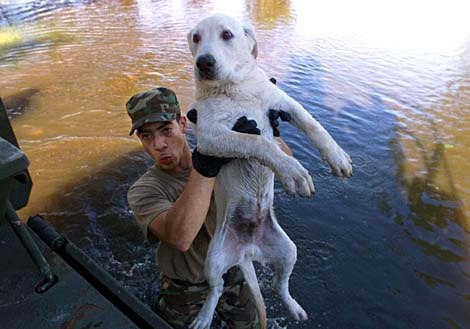
Most importantly, get the authorities involved as early as possible. Don’t screw around because “they’re just…” or somebody’s going to be mad, because you panic that you took your eyes off a kid or a gate’s open. If you saw a van and now the dog’s missing, call. If somebody should have been home or given you the call that they’re back from packing 2-4 hours ago, call. And for the sake of your child or senior, for damn sure call 10-15 minutes after you shout in the backyard or have them paged at the Smithsonian with no response. Give the cops and SAR teams a fighting chance to save them.
Lost
“Lost” is a heartbreaking word for everyone involved. Our modern world and conveniences can’t prevent it. It happened in the old days, too, and we can expect it to keep happening – pets, children, seniors. “Missing” sucks enormously. The imagination takes over and haunts us when a loved one goes missing. Unfortunately, it’s an epidemic as prevalent as cancer and obesity and abuse. 80-90K people are missing at any given moment, 500-750K cases reported a year. 10 million cats, dogs and equines go missing or are stolen every single year.
The first hours are absolutely critical. The younger the person, the more critical the very first handful of hours. Almost all of us have some scorching hot days or some really nasty frigid, windy, wet days when we opt not to go out through our year. We can use them to gather information, take some fresh photos, and make our loved ones a little more likely to come home to us.
We prepare to cart them away from the ravenous hordes on wilderness treks and in souped up BOVs. We prepare to defend them with firearms and primitive weapons. We prepare feed them. Isn’t it worth it to spend a day twice a year doing what we can to get them back from a fate that strikes daily, big cities and tiny towns?
“Lost” is a word I dread. For most of us, the worst day of our lives is the day we lose a loved one. Not death. As callous as it

